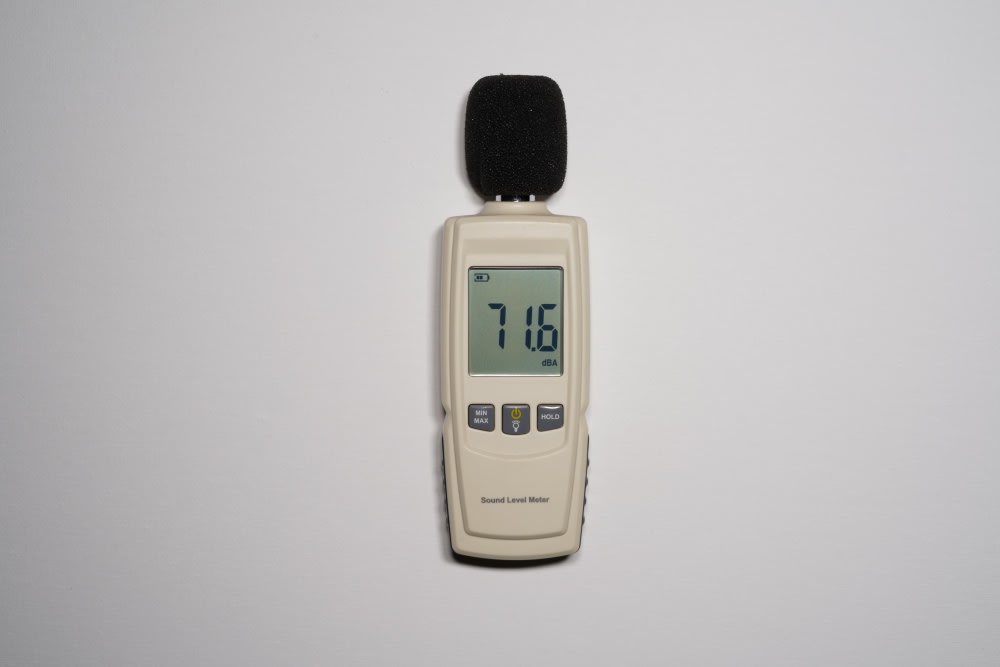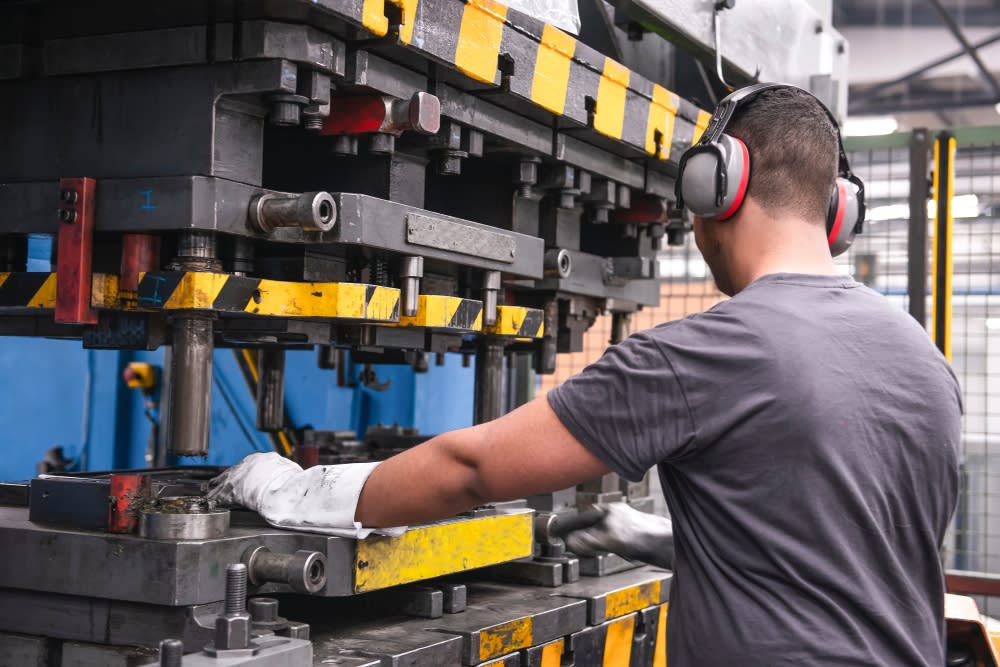- Published 8 Mar 2024
- Last Modified 8 Mar 2024
- 5 min
Navigating Noise: Effective Use of Sound Level Meters
Discover how sound level meters ensure workplace safety and compliance in Australian industries. Explore top brands like Castle, Testo, and more.

In industrial settings across Australia, sound level meters are indispensable for managing and mitigating noise pollution. These devices, crucial for measuring sound intensity, are pivotal in safeguarding workplace environments and ensuring compliance with stringent noise regulations.
As industries strive for operational excellence, understanding and effectively utilising sound level meters becomes paramount. This article delves into the core of sound measurements and their diverse industrial applications while offering guidance on selecting and employing these critical instruments.

Understanding Sound Measurements
Grasping the fundamentals of sound measurement is essential for effective noise management. Sound intensity is measured in decibels (dB), a logarithmic unit that quantifies sound pressure levels relative to a reference value. Frequency, measured in hertz (Hz), describes the pitch of the sound, further refining our understanding of noise in industrial contexts.
Differentiating among sound level meter types, such as basic, integrated, and dosimeters, is also vital, as each serves unique purposes. For instance, basic meters provide instantaneous noise levels, while integrated variants offer averaged readings over time, and dosimeters, worn by individuals, track exposure throughout a shift. This segmentation ensures that every industrial need, from spot checks to comprehensive assessments, is met with precision.
Industrial Applications of Sound Level Meters

Across various sectors, from manufacturing plants to construction sites, sound level meters are instrumental in evaluating noise exposure. These assessments are crucial for maintaining a safe working environment and adhering to legal standards.
In environments where machinery and processes contribute to elevated noise levels, these meters offer insights to help mitigate harmful exposure, thereby enhancing worker safety and productivity.
Beyond the workplace, sound level meters can contribute to environmental monitoring efforts that ensure industrial activities do not breach noise pollution norms, protecting the workforce and the surrounding environment.
Choosing the Best Sound Level Meter
Selecting an apt sound level meter is pivotal for accurate noise assessment. Factors such as the meter's measurement range, accuracy, data logging capabilities, and resilience to environmental conditions must align with the specific demands of the industrial setting. Let’s delve deeper into the factors:
- Measurement Range: The sound level meter should cover the range of noise levels expected in the industrial setting, from the lowest to the highest decibels.
- Accuracy: Ensure the meter meets the required accuracy standards for industrial noise measurement, typically denoted by Class 1 or Class 2.
- Data Logging Capabilities: Choose sound level meters that can log data over time, enabling analysis of noise exposure patterns and identification of peak noise periods.
- Environmental Resilience: The meter must withstand the specific ecological conditions of the workplace, such as dust, moisture, and temperature variations.
This careful selection ensures that the device, along with a data logger, captures accurate noise levels and provides actionable insights tailored to the unique challenges of each industrial environment, fostering a safer and more compliant workplace.
Best Practices for Using Sound Level Meters
To maximise the efficacy of sound level meters, adherence to best practices is key. For instance, correct positioning ensures unobstructed sound capture, while regular calibration maintains measurement accuracy. Interpreting the results typically involves an analysis that informs noise mitigation strategies.
While these practices ensure that the data collected is both accurate and representative of the actual noise levels, users must navigate the common challenges – environmental variables and background noise – with a strategic approach to ensure that sound level meters serve as reliable instruments for noise management.
Maintaining and Calibrating Sound Level Meters
The longevity and reliability of sound level meters hinge on diligent maintenance and regular calibration. This routine care is crucial for preserving the integrity of measurements and extending the equipment's lifespan.
Meanwhile, regular calibration, conducted with precision, ensures that the meter's readings remain accurate over time, providing confidence in the data collected and the decisions made based on this information.
Regulations and Compliance
Navigating the industrial noise management regulatory landscape typically involves understanding Australian and international standards. In Australia, workers must not be exposed to noise above 85 decibels over eight hours. Any higher, the employer must provide personal protection equipment (PPE), such as hearing protection, and audiometric testing.
In this regard, sound level meters are instrumental in demonstrating compliance with these regulations, enabling industries to align their operations with established noise level thresholds and ensuring a safe auditory environment for employees. This adherence fosters a safety culture and reflects the commitment to regulatory compliance and best practices in industrial operations.
Manage Industrial Noise with the Right Sound Level Meter
In conclusion, sound level meters are indispensable in orchestrating industrial harmony. Their application spans a broad spectrum, playing a critical role in safeguarding worker health, ensuring operational compliance, and fostering a productive work environment.
For those looking to enhance their noise management strategies, RS Australia offers a selection of sound level meters designed to meet the diverse needs of the industry. By integrating sound level meters into your operations, you're taking a step towards operational excellence.
Chauvin Arnoux
Chauvin Arnoux's sound level meters provide precise and reliable noise measurements tailored for professional acoustic analysis and compliance.